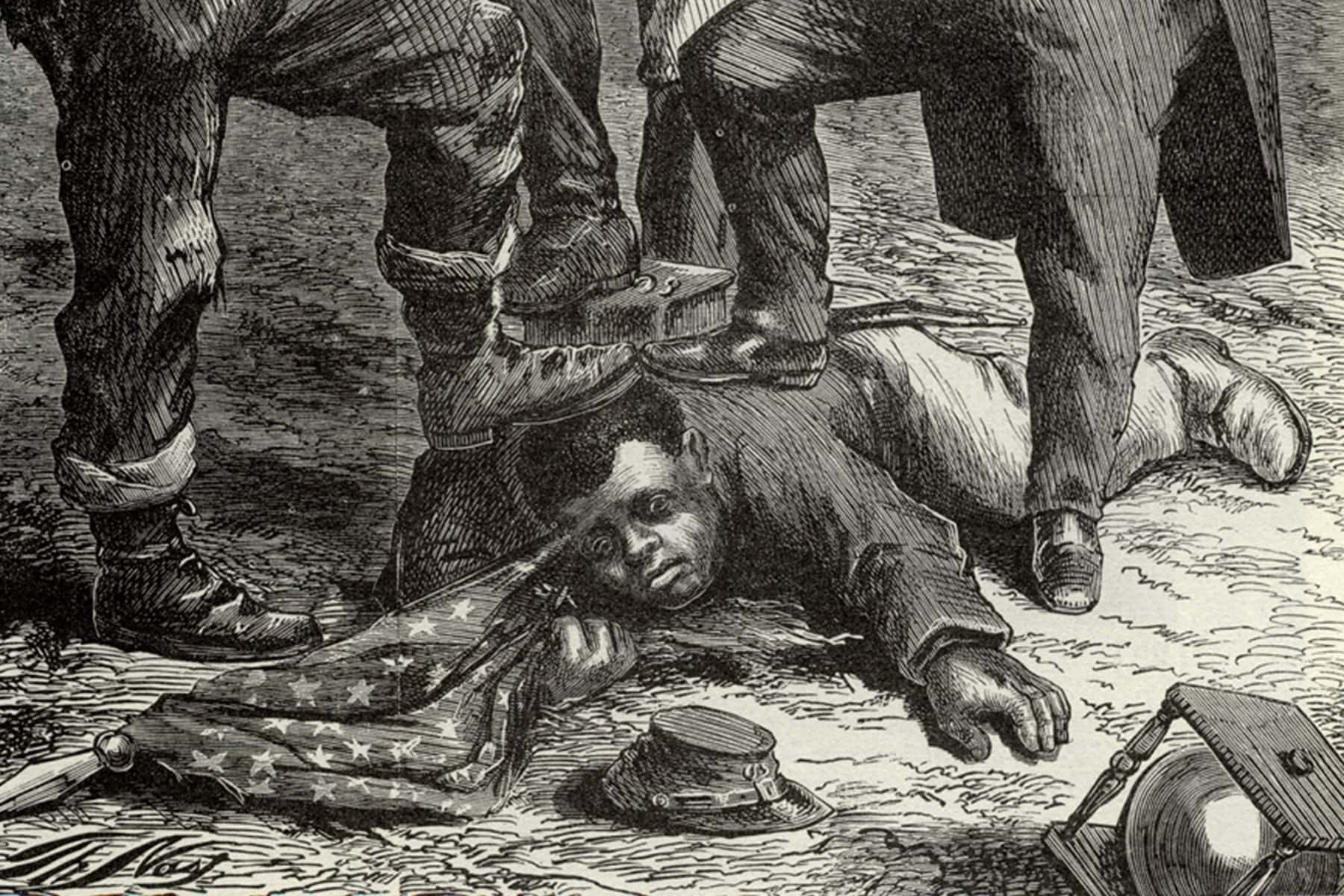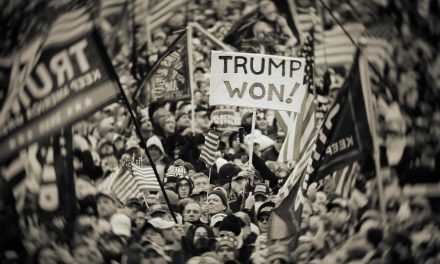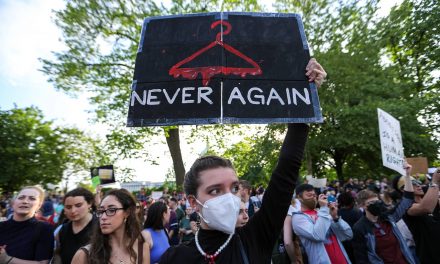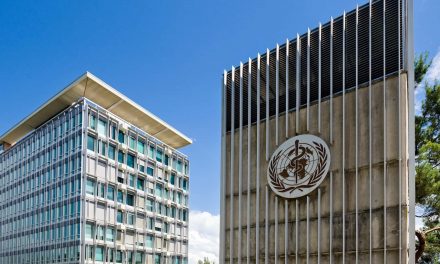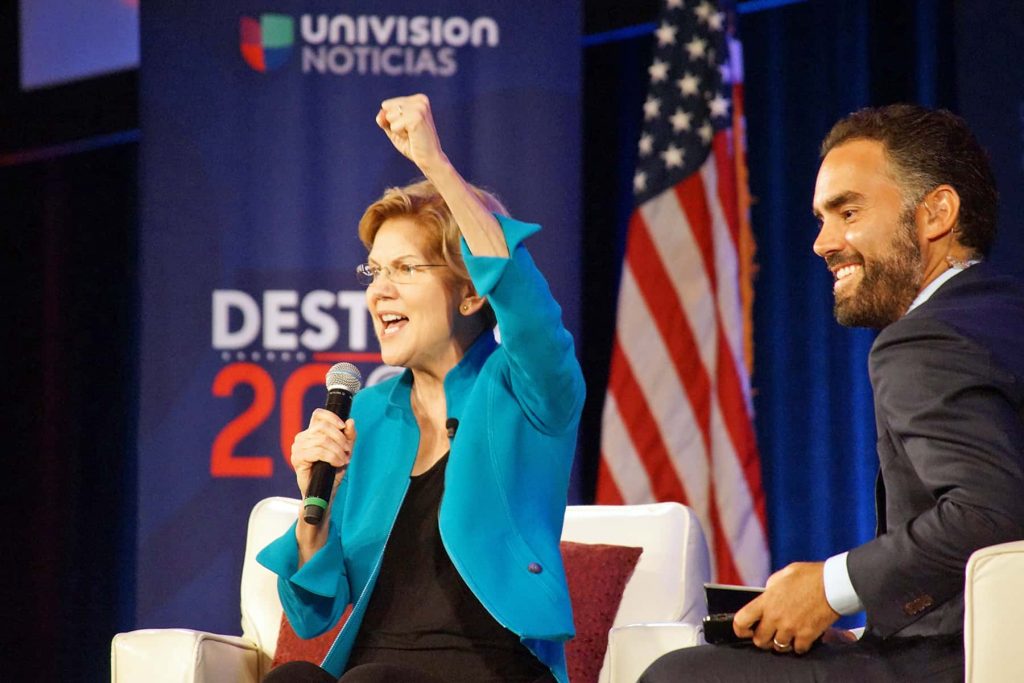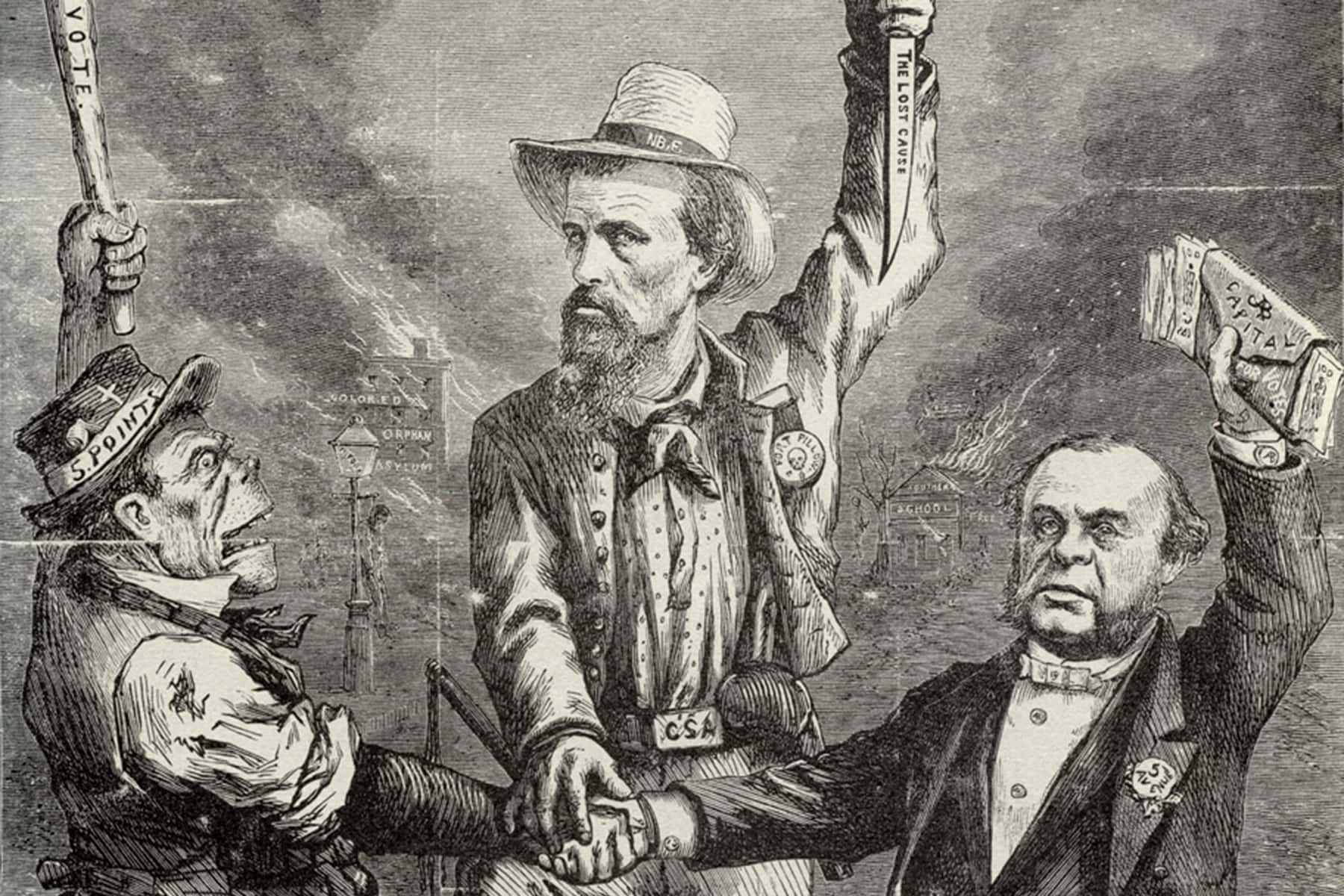
By Shannon M. Smith, Associate Professor of History, College of Saint Benedict & Saint John’s University
White supremacist and militia organizations are exploiting the government’s chaotic response to the coronavirus for recruitment efforts.
Whatever his intention, these groups interpret President Donald Trump’s tweets to “LIBERATE” states and calling armed protesters “very good people” as support for their cause. Recent research by the Tech Transparency Project into social media accounts of white supremacists, a nonprofit that researches “the influence of the major technology platforms” on politics, policy and people’s lives, found that “some members of private … Facebook groups reacted to the president’s rhetoric (about lockdown protests) with memes of celebration.”
The white supremacists’ response reflects the United States history of local, state and national political leaders encouraging white supremacist groups to challenge or overthrow democratic governments. During Reconstruction, the post-Civil War period of forming interracial governments and reintegrating former Confederate states into the Union, white city and state leaders in the South tacitly encouraged violence against black voters by state militias and groups like the Ku Klux Klan. They did it in a way that allowed those leaders to look innocent of any crimes.
Those groups used that chaos to end federal power in their states and reestablish white-dominated Southern state governments. Today, white supremacists hope the political chaos they contribute to will lead to race war and the creation of their own white nation.
Reconstruction violence
Moments of changing social and political power in U.S. history have led to clashes – often armed – between white supremacists and interracial alliances over voting rights. That history includes the period following the Civil War, when white supremacist organizations saw the postwar rule over Southern states of Radical Republicans and the federal government as illegitimate. They wanted to return to the prewar status quo of slavery by another name and white supremacist rule.
As a historian of protests and Reconstruction, I study how those paramilitary groups or self-proclaimed “regulators” consequently spread fear and terror among black and white Republican voters with the support of the anti-black Democratic Party in Southern states. They targeted elections and vowed to “carry the election peaceably if we can, forcibly if we must.”
Still, many courageous black and white voters fought back by forming political organizations, daring to vote and assembling their own armed guards to protect themselves.
‘Gentlemen of property and standing’
Then, as today, white supremacists received encouraging signals from powerful leaders. In the 19th century, “gentlemen of property and standing” often led or indirectly supported anti-abolition mobs, slave patrols, lynch mobs or Klan attacks.
Federal investigators in Kentucky in 1867 found that “many men of wealth and position” rode with the armed groups. One witness in the federal investigation testified that “many of the most respectable men in the county belong in the ‘Lynch’ party.” Future South Carolina Governor and U.S. Senator “Pitchfork” Ben Tillman reflected on his participation in the Hamburg massacre of 1876, arguing that “the leading men” of the area wanted to teach black voters a lesson by “having the whites demonstrate their superiority by killing as many as was justifiable.” At least six black men were killed in the Hamburg attack on the black South Carolina militia by the Red Shirts, a white rifle club.
White supremacists knew that they would not face consequences for their violence. An agent of the federal Freedmen’s Bureau – set up by Congress in 1865 to help former slaves and poor whites in the South – stated that the “desperadoes” received encouragement and were “screened from the hands of justice by citizens of boasted connections.”
President Ulysses S. Grant condemned the Hamburg massacre, arguing that some claimed “the right to kill negroes and Republicans without fear of punishment and without loss of caste or reputation.” Facing community pressure, and without the presence of the U.S. Army to enforce laws, local sheriffs and judges refused or were unable to enforce federal laws.
Witnesses were often afraid to challenge local leaders for fear of attack. The “reign of terror” was so complete that “men dare not report outrages and appear as witnesses.” When the U.S. District Court in Kentucky brought charges against two men for lynching in 1871, prosecutors could not find witnesses willing to testify against the accused. The Frankfort Commonwealth newspaper wrote, “He would be hung by a [mob] inside of twenty-four hours, and the dominant sentiment … would say ‘served him right.’”
State militias
As Southern states threw off federal military occupation and elected their own white-dominated governments, they no longer had to rely solely on white terror organizations to enforce their agenda. Instead, these self-described “redeemers” formed state-funded militias that served similar functions of intimidation and voter suppression with the support of prominent citizens.
At political rallies and elections throughout the South, official Democratic militias paraded through towns and monitored polling stations to threaten black and white Republican voters, proclaiming that “this is our country and we intend to protect it or die.” In 1870 the Louisville Commercial newspaper argued, “We have, then, a militia for the State of Kentucky composed of members of one political party, and designed solely to operate against members of another political party. These militia are armed with State guns, are equipped from the State arsenal, and to a man are the enemies of the national government.”
By driving away Republican voters and claiming electoral victory, these Democratic leaders gained power through state-supported militia violence. White militias and paramilitary groups also confiscated guns from black citizens who tried to protect themselves, claiming “We did not think they had a right to have guns.”
White terror groups and their allies in law enforcement were especially hostile to politically active black Union veterans who returned home with their military weapons. Local sheriffs confiscated weapons and armed bands raided homes to destroy their guns.
Guerrilla race war
During Reconstruction, paramilitary groups and official Democratic militias found support from county sheriffs up to state governors who encouraged violence while maintaining their own innocence. Today, white supremacists appear to interpret politicians’ remarks as support for their cause of a new civil war to create a white-dominated government.
These groups thrive on recent protests against stay-at-home orders, especially the ones featuring protesters with guns, creating an intimidating spectacle for those who support local and state government authority. Beyond “dog whistle” politics, as in the past, these statements – and the actions encouraged by them – can lead to real violence and hate crimes against any who threaten supremacists’ concept of a white nation.
Library of Congress
Originally published on The Conversation as There’s a history of white supremacists interpreting government leaders’ words as encouragement
Support evidence-based journalism with a tax-deductible donation today, make a contribution to The Conversation.

